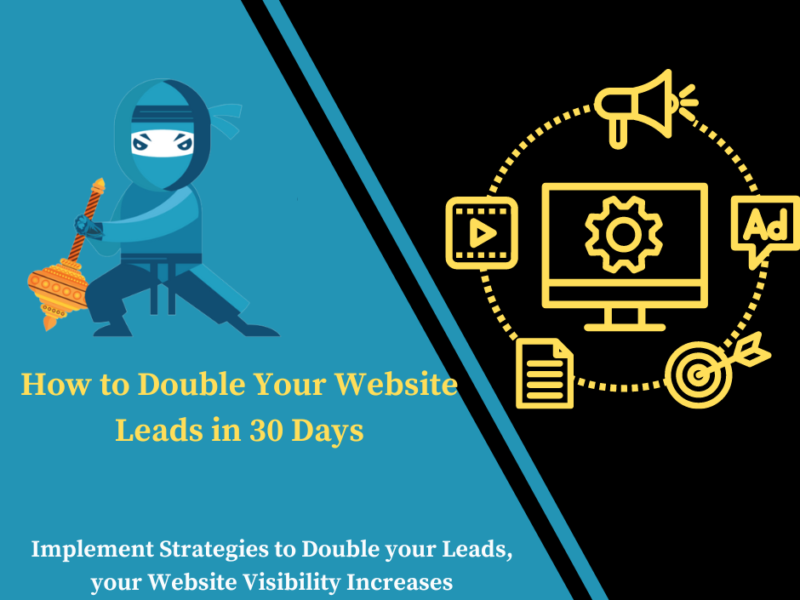
Days
Hours
Minutes
Seconds
Your Deal is Expired
|
|

Edit Content

As a leading online marketing company, always focuses on changing and improving businesses and their outcome.
Where to find us
- SN-3, First floor, ratauli road, near Town park, Bank Colony
- herry@hanuitsolutions.com
- +917082069620
Working Hours
- Mon-Sat : 9:00am - 6:00pm
- Sunday - Closed
Get In Touch
Facebook-square
Instagram
Linkedin
Tag: Conduct A/B Testing

How to Double Your Website Leads in 30 Days
In the competitive world of digital marketing, generating...

Top Tips to Enhance ROI on Your Marketing Campaigns
Improving the return on investment (ROI) for your...
No posts found

